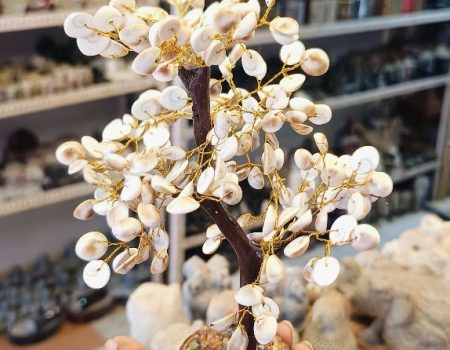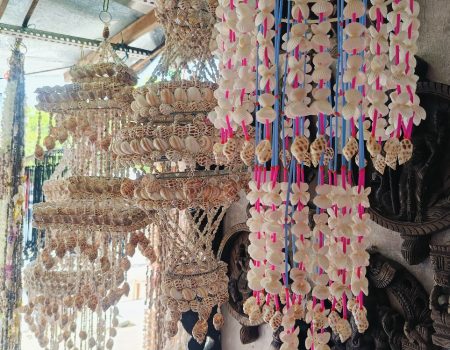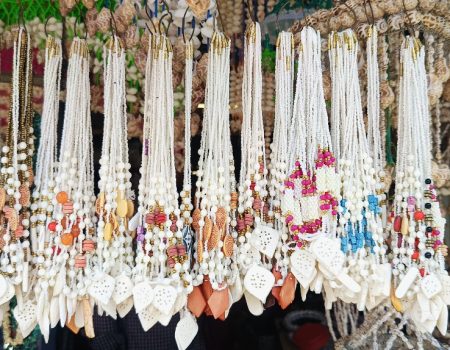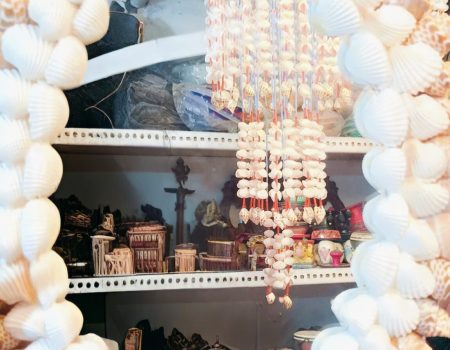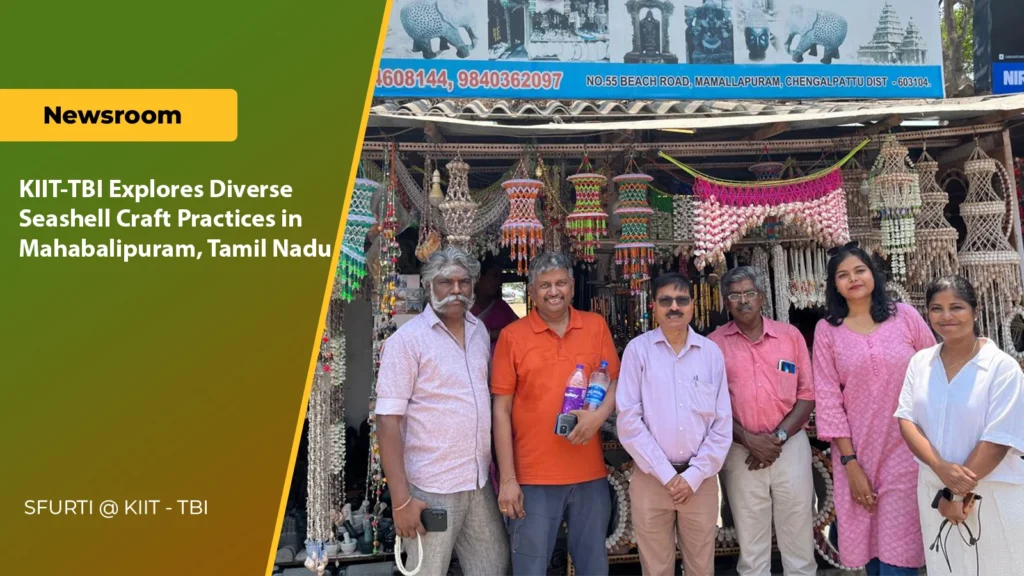As part of the Research & Development (R&D) study on seashell crafts approved under the DC (Handicrafts), a team comprising of Shri Samarendra Sahu, Advisor, and Ms. Subhasmita Sahoo, Asst. manager from KIIT-TBI visited Mahabalipuram, Tamil Naduon 30th March 2025. The objective of the visit was to explore the supply chain of seashell craft of the region to understand the status of the product basket, technology integration level, marketing strategies, diversity in raw material and its sourcing options, product costing pattern and profit margin distribution etc. During the visit the team was accompanied by Shri S. Sivagnanam, former Additional Industrial Advisor DC MSME and Director MSME DFO Chennai, Shri. Chandraprabhu, (Deputy Director Department of Fisheries & former AD-MSME DFO, Chennai), Ms. Senthamarai and Mr. Gokul – budding entrepreneurs in the handicraft sector, who provided valuable assistance in navigating the seashell craft sector of the region.
Mahabalipuram, a coastal town in Tamil Nadu, is globally renowned for its rich tradition of seashell crafts, a craft that has long been a primary source of livelihood for the local community. The team had the privilege of interacting with such artisans who have passed down this art form through generations and witnessing a firsthand glimpse into their remarkable skill and innovation. Furthermore, the craft basket stood out for its depth and diversity, surpassing what is typically found in Puri, Odisha. The artisans in Mahabalipuram are not only skilled but also innovative as they have infused the seashell crafts into many daily use items/accessories. These include beautifully crafted earrings, necklace, bracelets, and hair accessories, as well as intricately designed lampshades, decorative lighting, door screens, and other home décor items etc.
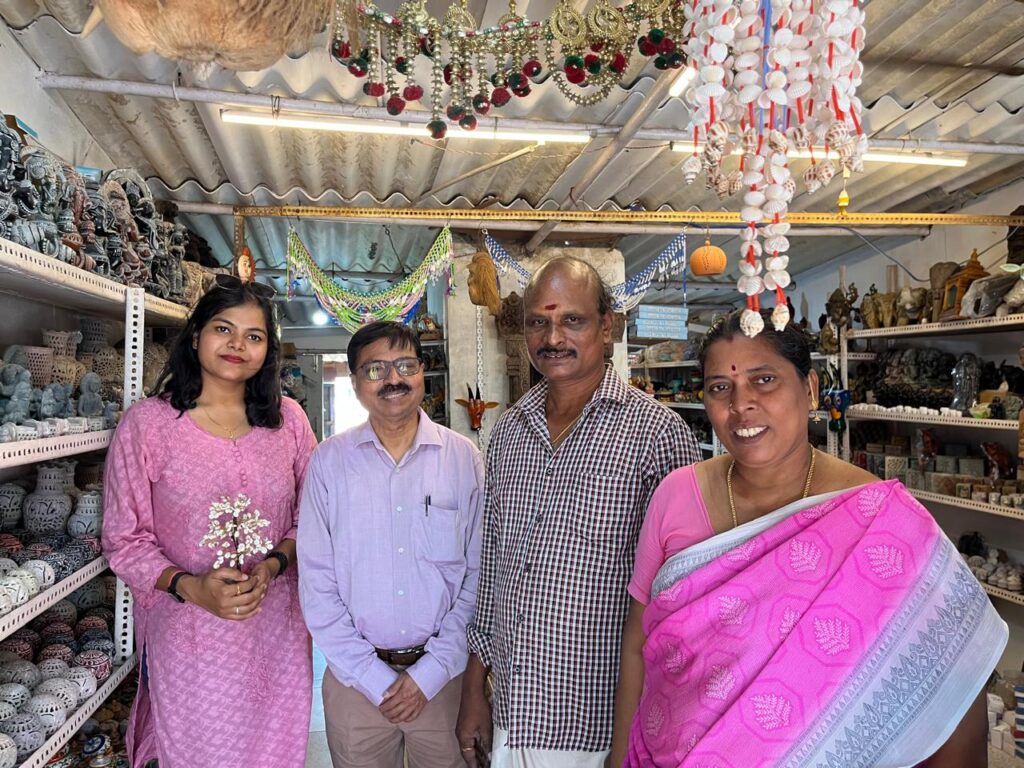

This diverse and rich product basket not only showed elegance of the craft but also reflected high level of craftsmanship as the quality of the craft pieces in terms of finesse and luster was quite eye catching. Additionally, the artisans also shared insights into their sourcing practices, revealing that most of their raw materials are gathered from Rameswaram. They further explained how pricing is influenced by factors such as product design, raw material quality, market demand and more. As a result, the price of craft items can vary significantly ranging from as low as INR 30 to as high as INR 3,000 depending on these variables. This pricing flexibility ensures balanced revenue generation as volume of production will be in proportion to price. According to the data collected during the visit, artisans were able to generate approximately INR 25,000 per month from their craft.
This figure not only showcases the viability of the craft but also the potential for sustainable livelihoods within the community. The income generated from their craft not only supports the artisans and their families but also contributes to the local economy by fostering entrepreneurship and promoting cultural heritage. Furthermore, the success of these artisans highlights the importance of preserving traditional skills while adapting to modern market demands, ensuring that these crafts remain relevant and profitable for future generations.
This is a prime example of the remarkable potential handicrafts sector holds when given proper support and encouragement. These findings will play a crucial role in shaping the ongoing R&D study and will be immensely helpful for Odisha’s seashell artisans.
Glimpses
